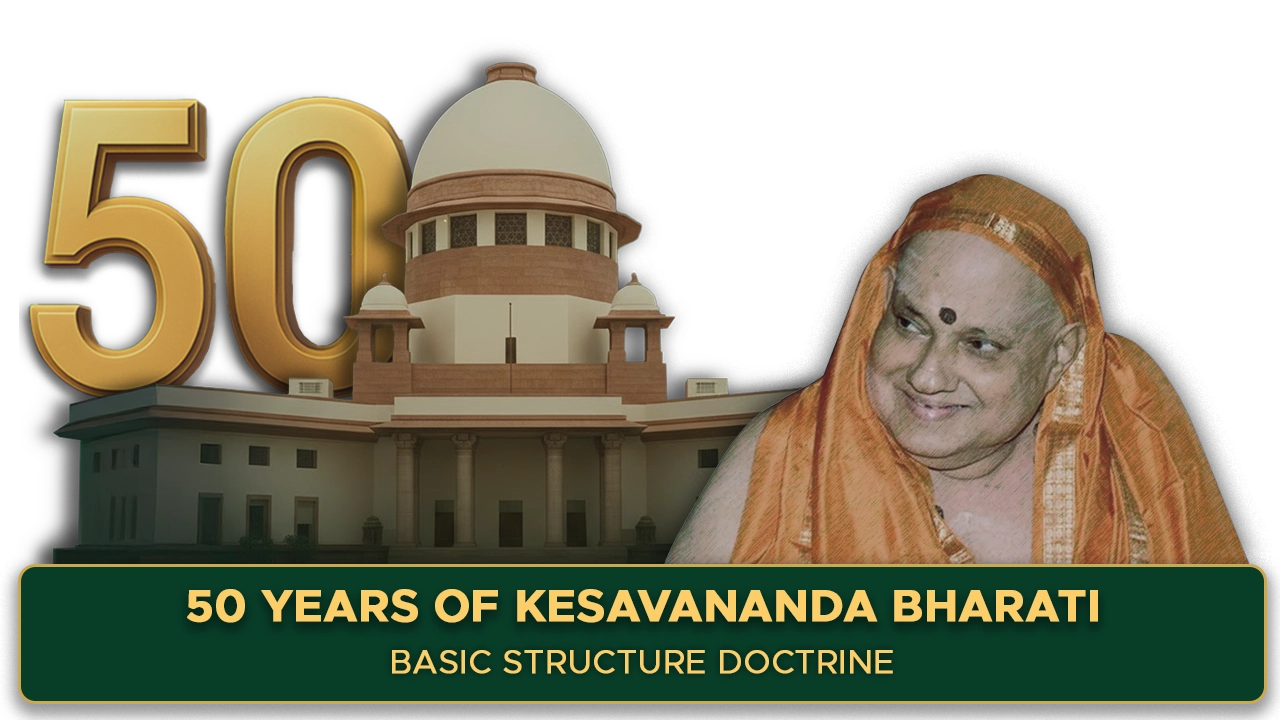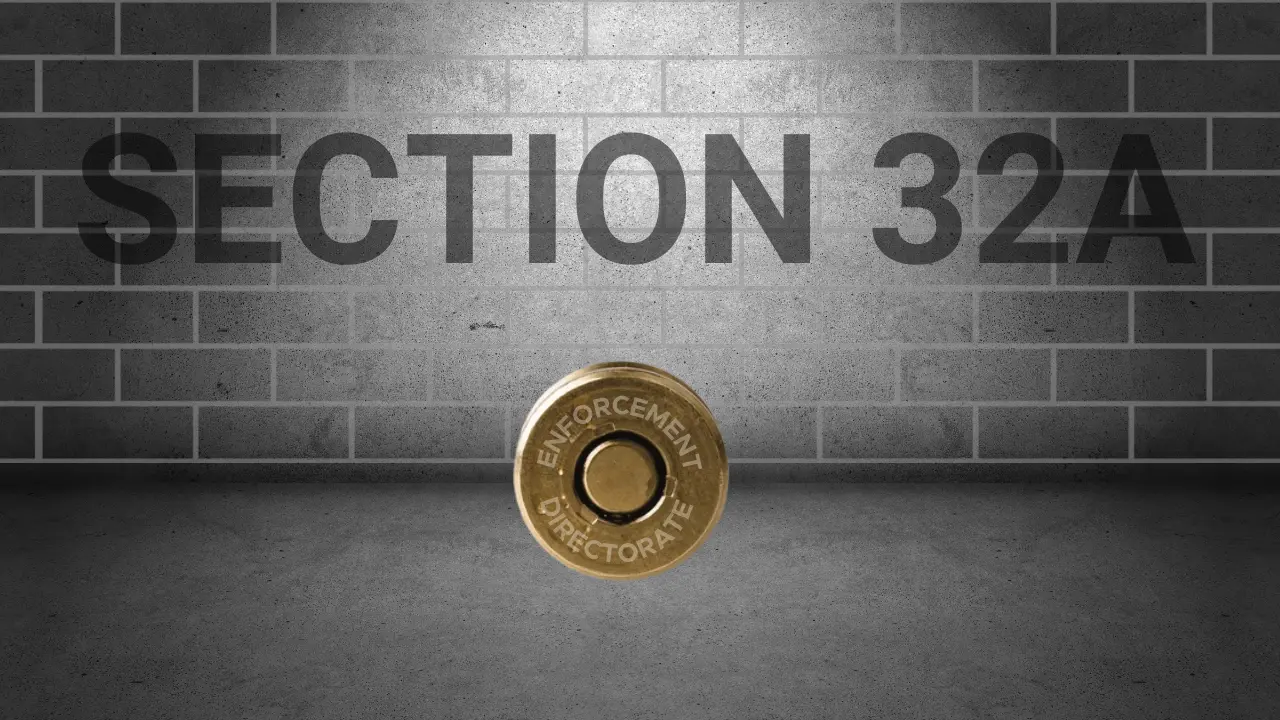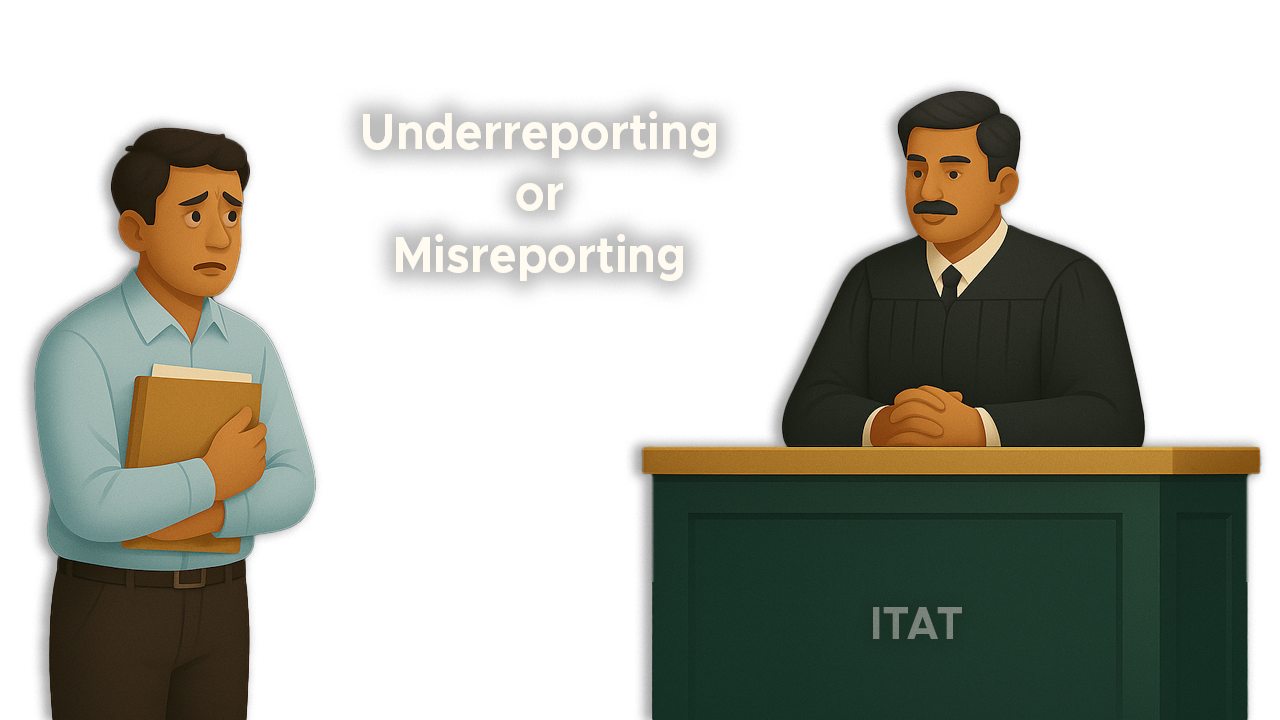Introduction
The Supreme Court of India once delivered a pivotal verdict that fundamentally secured the soul of the Republic. The case of Kesavananda Bharati v. State of Kerala1 introduced the Basic Structure Doctrine, an ingenious and revolutionary constitutional fortress. Emerging at the climax of a bitter judicial-executive rivalry, this doctrine established a profound, unyielding check on political power, affirming that while the Parliament possesses the constituent authority to amend the Constitution, it lacks the sovereignty to dismantle its foundational identity. Half a century later, this framework remains the indispensable guarantor of India’s democratic ethos, securing the very spirit of its foundational charter against the transient ambitions of the day.
The Struggle for Constitutional Equilibrium
The doctrine’s emergence was not an isolated event; it was the final, decisive chapter in a decades-long legal struggle over the extent of Parliament’s amending power under Article 368. Initially, the Supreme Court, notably in the Shankari Prasad case (1951), permitted Parliament to amend any part of the Constitution, including fundamental rights, treating amendments as ordinary legislation beyond substantive judicial scrutiny. The underlying tension was the conflict between the ruling Congress party’s socialistic goals (implementing Directive Principles like Article 39 for equitable resource distribution) and the fundamental right to property. This stance was first challenged when courts struck down early land reform laws. Piqued by these unfavorable judgments, Parliament responded by placing those laws in the Ninth Schedule via the First and Fourth amendments, effectively immunising them from judicial review.
The legal consensus was ultimately shattered in 1967 by I.C. Golaknath v. State of Punjab2. The Court declared that fundamental rights held a “transcendental position” and were, therefore, immune to amendment. Crucially, the majority held that Article 368 merely provided the procedure, not the power, to amend. Since the amending power was derived from the same sources as legislative power, an amendment was deemed a “law” under Article 13(2) and could not abridge fundamental rights.The battle escalated when the Supreme Court struck down laws nationalising banks and abolishing Privy Purses Prime Minister Indira Gandhi swiftly dissolved the Lok Sabha, making the Constitution itself the central electoral issue in 1971. Returning with a two-thirds majority, Parliament enacted the 24th Amendment and several others to restore its absolute amending authority.
The Kesavananda Bharati judgment ultimately resolved this institutional tension by a slender 7:6 majority. The Court executed a decisive constitutional balancing act: it affirmed Parliament’s constituent authority to amend any provision of the Constitution, while simultaneously imposing an inherent, non-negotiable limit. The ruling explicitly mandated that amendments cannot be used to “damage,” “emasculate,” “destroy,” or fundamentally alter the “basic structure” or essential framework of the document. This epochal decision redefined the source of Indian sovereignty, establishing that ultimate power resides not with the temporary will of a legislative majority, but with the immutable principles enshrined within the constitutional text.
Defining and Defending the Unwritten Core
Having established the principle, the Court deliberately refrained from providing an exhaustive, rigid list of basic features, allowing the core to evolve contextually through subsequent rulings. The majority judges in Kesavananda identified several key elements, including the supremacy of the Constitution, the republican and democratic form of government, secular character, separation of powers, and federal character.
The doctrine’s potency was immediately demonstrated when Parliament attempted to shield the Prime Minister from an adverse court ruling. The Thirty-ninth Amendment (1975) removed the Supreme Court’s authority to adjudicate election petitions of high officials. In the Indira Nehru Gandhi v. Raj Narain case3, the Court struck down the operative clause of the amendment (Article 329A), affirming free and fair elections and judicial review as basic features.
The most severe legislative counter-attack came after the 1975 Emergency. The Forty-second Amendment (1976) sought to place Directive Principles above Fundamental Rights and, most aggressively, asserted that constitutional amendments could not be questioned in any court on any ground.
This attempt to annihilate the basic structure doctrine was successfully challenged in the Minerva Mills v. Union of India4 (1980) case. The Court struck down the clauses of Article 368 that conferred unlimited amending power, ruling that a limited amending power itself is a basic feature of the Constitution. It further declared that the harmony and balance between fundamental rights and directive principles is an essential feature. Subsequent to this, the Waman Rao and Ors. v. Union of India5 (1981) clarified that all laws placed in the Ninth Schedule after the 1973 Kesavananda verdict were open to judicial review.
The Enduring Legacy and Persistent Critique
The enduring legacy of the Basic Structure Doctrine is its role as the bulwark of constitutionalism. It limits political power and prevents the “desecration or dismemberment” of the foundational ethos, guaranteeing the long-term survival of individual liberties and inter-branch equilibrium. Yet, despite its widespread acclaim, the doctrine faces persistent critiques. The primary challenge remains the absence of a textual basis in the original Constitution, leading some critics to argue it represents a form of judicial invention that overrides the framers’ intent. Furthermore, the inherent subjectivity in defining basic features opens the door to potential judicial overreach, where an unelected judiciary may curtail the legitimate reforms of a democratically elected Parliament. Nonetheless, the ultimate certainty that emerged from this protracted legal tussle is that all laws and constitutional amendments are now subject to judicial review, and the Supreme Court is the final arbiter and interpreter of all constitutional amendments. As India navigates complex contemporary challenges, the Basic Structure Doctrine remains the most critical instrument ensuring stability and fidelity to the Republic’s founding ideals, a permanent, evolving reminder that true sovereignty lies in the immutable principles of justice, liberty, and equality the very soul of the Indian Constitution.
Conclusion
In sum, the Kesavananda Bharati judgment remains a towering testament to India’s vibrant constitutional democracy. The Basic Structure Doctrine, forged in a period of intense institutional rivalry, successfully provided the critical firewall ensuring that amendments enhance rather than eviscerate the foundational ethos of the Republic. This doctrine’s enduring legacy lies in its dual achievement: it curtailed the notion of absolute parliamentary sovereignty while simultaneously empowering the Judiciary to exercise its “co-constituent power” as the guardian of the nation’s core values. While valid critiques concerning its absence of a textual basis and the potential for judicial subjectivity persist, the doctrine’s ultimate contribution is indisputable: it serves as the necessary bulwark against the subversion of democratic principles and the rule of law. The profound certainty that emerged from this protracted legal tussle is that all laws and constitutional amendments are now subject to judicial review, and the Supreme Court is the final arbiter and interpreter of all constitutional amendments. Thus, half a century later, the Basic Structure Doctrine continues to evolve as the ultimate guardian, ensuring that true sovereignty resides not in transient political power, but in the immutable principles of justice, liberty, and equality the very soul of the Indian Constitution.
Citations
- Kesavananda Bharati v. State of Kerala [1973] Supp SCR 1
- I.C. Golaknath v. State of Punjab 1967 AIR 1643
- Indira Nehru Gandhi v. Raj Narain case (AIR 1975 SC 2299)
- Minerva Mills v. Union of India AIR 1980 SC 1789
- Waman Rao case AIR 1981 SC 271
Expositor (s): Adv. Archana Shukla






